13.3 Types of Intersections
The basic types of intersections are three-leg (T), four-leg, multileg, reduced left-turn conflict, and roundabouts. Further classification of these intersection types includes variations such as unchannelized, flared, and channelized intersections as shown in
. While this figure depicts only vehicle movements, pedestrian and bicycle accommodations should also be included. See roundabouts in
.
At each location, the intersection type is determined by:
- Number of intersecting legs;
- Topography;
- ROW constraints;
- The needs of all users;
- Traffic volumes, patterns, and speeds; and
- Desired level-of-service (LOS).
These characteristics are also related to the type of traffic control used. For example:
- Traffic signal;
- Two-way or all-way stop; and
- Yield control on minor approach.

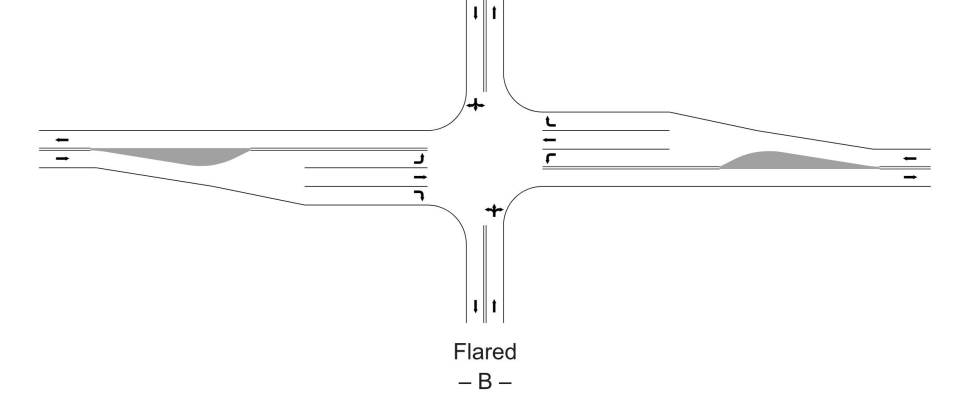
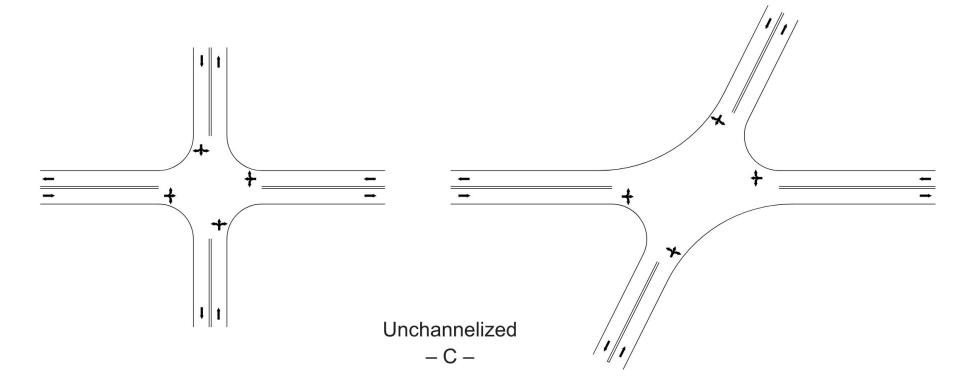
Figure 13-4: General Types of Intersections
Source: AASHTO’s A Policy on Geometric Design of Highways and Streets
Any of these intersection types can vary greatly in size, flaring of the pavement for speed-change lanes, and degree of channelization.
Channelization is the separation or regulation of conflicting traffic movements into definite paths of travel.
This is generally accomplished through use of traffic islands or pavement markings to facilitate movements of motor vehicles, bicycles, and pedestrians.Once the intersection type is established, the design controls and criteria (see
) should be applied to achieve a proper geometric plan. This section discusses each type of intersection separately with likely variations of each shown. It is not practical to show all possible variations, but those presented in this section are sufficient to illustrate the application of intersection design. For other intersection variations of types and treatment refer to
, which includes detailed examples not included in this section.
While many of the intersection design examples are in urban areas, the principles involved apply equally to design in rural areas. Intersection design needs a balanced approach to accommodate the modes of transportation that are anticipated while also considering the context of the intersection location.
A brief introduction to each intersection type is presented below. Simple intersections are presented first, followed by more complex types. Additionally, the conditions for when each intersection type may be applicable are discussed in the following subsections. See
for other guidelines to be used in intersection design.
13.3.1 Three-Leg Intersection
13.3.1.1 Basic Types
Basic forms of three-leg intersections (i.e., “T-Intersections”) are shown in
and Figure 13-6.
shows the most common type of three-leg intersection. This configuration maintains both roadway widths except for the corner radii where widening is needed to accommodate the turning movements of the selected design vehicle.
This type of unchannelized intersection is usually suitable for junctions of minor or local roads. In rural areas, this type of intersection is commonly used in conjunction with low-volume two-lane highways. In suburban or urban areas, a three-leg intersection may be satisfactory for higher volume two-lane roadways and multilane facilities.

Figure 13-5: Three-leg Intersections
Source: AASHTO’s A Policy on Geometric Design of Highways and Streets
Where speeds or turning movements, or both, are high, additional pavement may be provided for speed-change lanes, as shown in
and
.
However, this type of provision must consider the effects of pedestrian crossing distances.
The use of speed-change lanes (e.g., left- and right-turn lanes) can:
- Reduce crash frequencies;
- Increase intersection capacity;
- Create better operational conditions for turning vehicles;
- Provide a sheltered storage area for turning vehicles; and
- Reduce speed differentials between through and turning traffic.
13.3.1.2 Channelized Three-Leg Intersections
Where channelization is provided, islands and turning roadways should be designed to accommodate the wheel tracks of the design vehicle movement while providing optimum crossing paths and storage for pedestrians within the proposed intersection.
The simplest form of channelization is accomplished by providing a turning roadway that is separated by an island from the normal traveled ways of the intersecting approaches as shown in
and
. The approach roadway may include a separated right-turn lane leading up to the turning roadway to accommodate right-turning traffic. Often the provision for a separated left turn lane or through lane to bypass left-turning traffic is appropriate on two-lane roadways where right-turning roadways are also justified. Left-turning traffic can be accommodated by the flaring of the through roadway as shown in
and
. Right-turning roadways should be designed to discourage wrong-way entry while providing sufficient width for anticipated turning trucks.
Where the traffic demand at an intersection reaches or exceeds the capacity of a two-lane roadway and where signal control may be needed, it may be desirable to convert the two-lane roadway to a divided section through the intersection, as shown in
. In addition to adding auxiliary lanes on the through roadway, the intersecting road (i.e., the stem of the three-leg intersection) may also be widened on one or both sides by providing speed change lanes to increase capacity.
and
provide examples of bypass lanes, which are added to the outside edge of the approach, allowing through vehicles to pass left-turning vehicles on the right, while
and
show traditional left-turn lanes.
Regardless of the treatment,
consideration of traffic demand, delay savings, crash reduction, and construction costs are all key factors in determining whether to install a left-turn lane or a bypass lane.
See
for additional information on bypass lanes.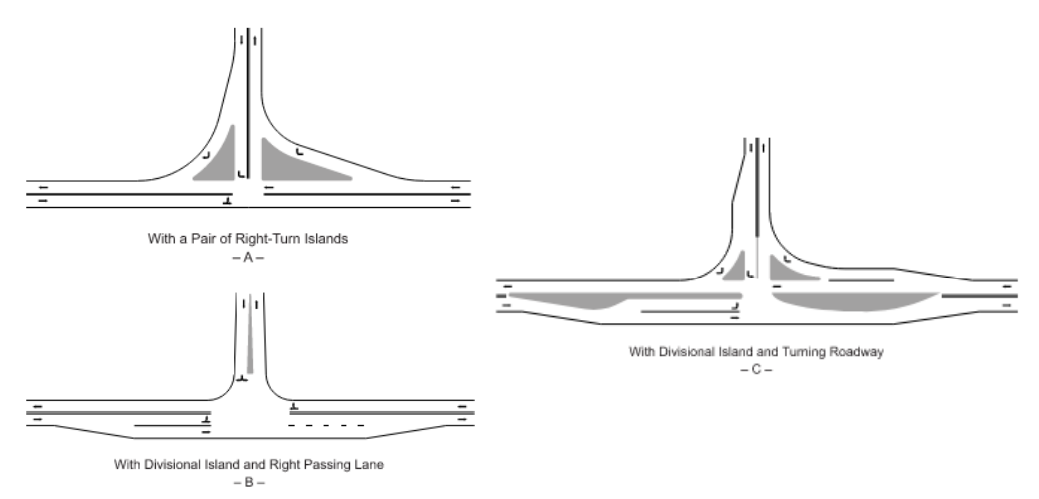
Figure 13-6: Channelized Three-leg Intersections
Source: AASHTO’s A Policy on Geometric Design of Highways and Streets
13.3.2 Four-Leg Intersection
13.3.2.1 Basic Types
Basic forms of four-leg intersections are shown in
and
. Many of the design principles (e.g., island arrangements, use of auxiliary lanes, etc.) of three-leg intersection design apply to four-leg intersection design.
The simplest form of an unchannelized four-leg intersection is shown in
. This type of intersection is commonly used for intersections of minor or local roads and often used for intersection of minor roadways with major roadways.
A skewed intersection leg should not be more than 15 degrees from perpendicular.
Flared intersections, shown in
and
, provide additional capacity for through and turning movements. However, this type of intersection may create concerns for pedestrians due to higher turning speeds and longer crosswalks. Raised medians should be considered for pedestrian refuge.
Parallel auxiliary lanes (i.e., speed change lanes) should be used where traffic volume on the major roadway is near the uninterrupted-flow capacity of the roadway or where through and cross traffic volumes are sufficiently high to warrant signal control. Auxiliary lanes are also desirable for lower volume high-speed conditions.
The length of added pavement should be determined as it is for speed-change lanes (see
).
shows a flared intersection that provides right-turn lanes on the major highway. This type of configuration is suitable for two-lane roadways where speeds are high, intersections are infrequent, and the left-turning movements from the roadway could create a conflict.
F
shows a flared intersection that provides a median lane for left-turn movements. This configuration provides better protection for vehicles turning left from the major highway than the arrangement shown in
and is
better suited for intersections with signal control.

Figure 13-7: Four-leg Intersections
Source: AASHTO’s A Policy on Geometric Design of Highways and Streets
13.3.2.2 Channelized Four-Leg Intersections
Typical configurations of four-leg intersections with simple channelization are shown in
. Channelized intersections are often provided at major intersection for the more important turning movements, where large vehicles are to be accommodated and at minor intersections in quadrants where the angle of turn is substantially below 90 degrees.
shows a configuration with right-turn roadways in all four quadrants of the intersection. This configuration is suitable where sufficient space is available and right-turn volumes are high.
Divisional islands on the crossroad intersection are shown in
and fits a wide range of volumes. Its capacity is governed by the roadway widths through the intersection.
Intersections on two-lane roadways that are operating near capacity or carrying moderate volumes at high speeds should consider a configuration with channelized left-turn lanes as shown in
. The auxiliary lanes are used for speed changes, maneuvering, and storage of turning vehicles. The form of channelization on the crossroad should be determined based on the cross and turning volumes and the sizes of vehicles to be accommodated.
Refer to the
. Crosswalks at multi-lane channelized turn lanes must provide treatments consisting of one or more of the following:
- A traffic control signal with a pedestrian signal head;
- A pedestrian hybrid beacon;
- A pedestrian actuated rectangular rapid flashing beacon; or
- A raised crossing.
Older drivers have difficulty with skewed intersections due to a restricted range of motion and diminished reaction time.
Refer to the
to incorporate the following guidelines:- All intersections should meet at a 90- degree angle (applies to new facilities and redesign of existing facility where ROW is not restricted);
- Intersecting roadway should meet at an angle of no less than 75 degrees in the design of new facilities and the redesign of existing facilities where ROW is restricted; and
- Prohibiting right-turn-on-red is advisable at skewed intersections where the angle between the left approach leg and the driver's approach leg is less than 75 degrees.
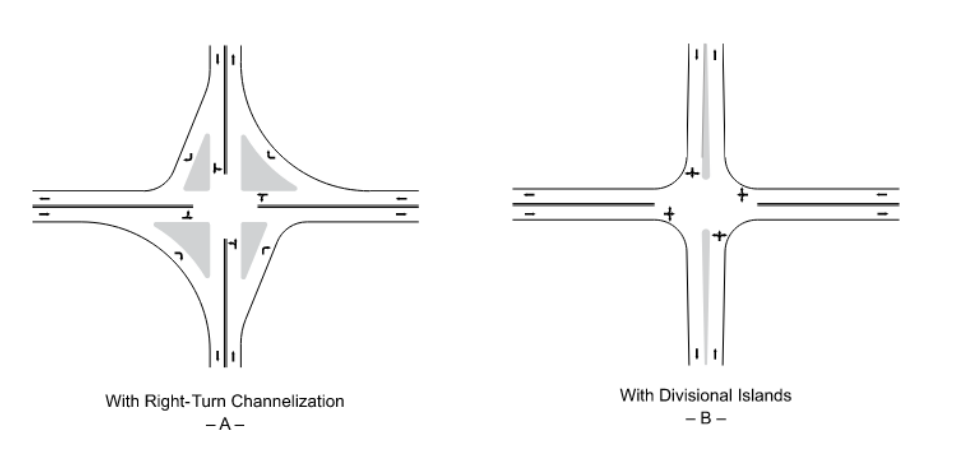
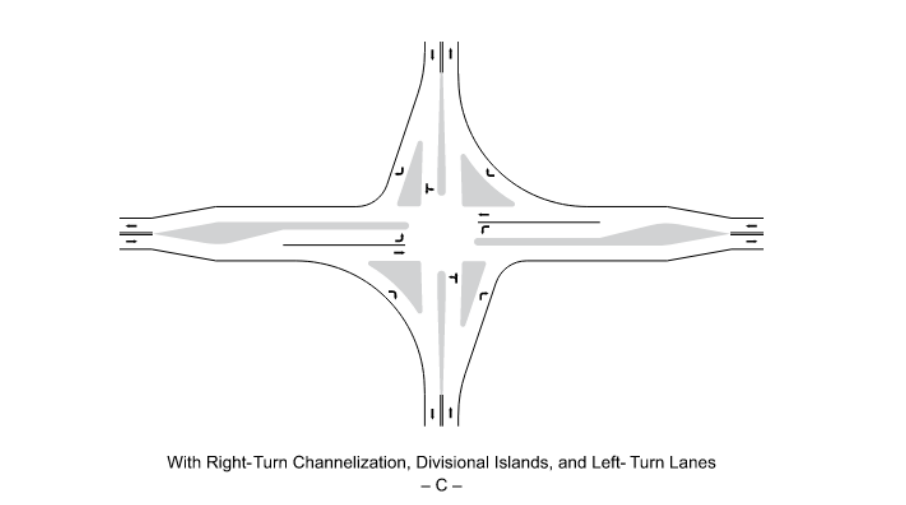
Figure 13-8: Channelized Four-leg Intersections
Source: AASHTO’s A Policy on Geometric Design of Highways and Streets